The Art of Balance: Exploring the History and Evolution of Acrobatic Arts
From the dizzying heights of aerial silks to the intricate formations of human pyramids, acrobatic arts encapsulate a world of strength, agility, and artistry. The journey of acrobatics is a fascinating chronicle of human expression, cultural exchange, and physical prowess that spans centuries and continents.
The Origins of Acrobatics
Acrobatic arts can trace their roots back to ancient civilizations. Some of the earliest recorded forms of acrobatics appear in the ancient cultures of Egypt and China. Hieroglyphics depict performers executing aerial maneuvers, showcasing the importance of physical prowess in entertainment and religious ceremonies. In ancient China, acrobatic performances, known as “Wushu,” often incorporated elements of martial arts, dance, and storytelling, creating a rich tapestry of movement that captivated audiences.
The Greeks and Romans also embraced acrobatics, though in different forms. The Greeks included acrobatic feats in their Olympic games, where gymnasts performed through a combination of agility and strength. The Romans expanded these traditions into theatrical performances, integrating acrobatics into the circus as a form of public entertainment.
The Circus Revolution
The evolution of acrobatics took a significant turn during the 18th century with the rise of the circus. The creation of the modern circus in Europe around this time brought together various athletic performances, including acrobatics, into a single spectacle. Pioneers like Philip Astley began staging grand shows that featured tightrope walkers, trapeze artists, and jugglers, all of which began to shape the modern view of the acrobatic arts.
As circuses toured the world, they exchanged techniques and styles with local traditions, resulting in a vibrant mix of acrobatic expression. This blending laid the foundation for diverse forms, including the American circus, which in the 19th century introduced the dazzling acts of aerialists and contortionists that would shape the entertainment landscape.
The Twentieth Century: A New Era of Innovation
The 20th century marked a pivotal era for acrobatic arts, as new media and art forms emerged. The advent of film opened new doors for acrobats, allowing them to reach wider audiences and pushing the boundaries of physical performance. Silent film stars like Buster Keaton and Charlie Chaplin captivated viewers with their acrobatic skills, blending humor and physicality into their iconic roles.
At the same time, traditional stages adapted to the needs of acrobatic artists. The emergence of dance and theater combined with acrobatics in innovative performances, leading to the birth of new genres, such as contemporary circus. Companies like Cirque du Soleil revolutionized the art form in the 1980s, eschewing traditional animal acts and creating a fusion of theater, dance, and acrobatics that emphasized storytelling and emotional connection.
Global Influence and Cultural Exchange
As the world became more interconnected, acrobatics flourished in diverse cultures. In places like Brazil, capoeira—a martial art that blends acrobatic movement with music and dance—gained prominence, while in India, the traditional art of mallakhamba combined gymnastics with yoga and spirituality. Each cultural interpretation of acrobatics reflects local values, history, and artistic motifs.
Moreover, globalization has allowed acrobats to travel, share, and blend techniques, broadening their repertoire. The interaction between dancers, gymnasts, and circus performers continues to inspire new creations, resulting in a rich dialogue that only enhances the art form.
The Modern Era: Acrobatic Arts Today
Today, acrobatic arts stand at an exhilarating crossroads. With the continued rise of urban street performances and the inclusion of acrobatics in competitive environments like gymnastics and cheerleading, the boundaries of the discipline are constantly being pushed. Social media platforms, such as Instagram and TikTok, have allowed acrobats to showcase their skills to global audiences, sharing innovative techniques and inspiring others to embrace this dynamic art form.
Acrobatics also finds itself within the realm of fitness, with disciplines like aerial yoga and parkour attracting enthusiasts seeking unique ways to engage their bodies. This modern iteration emphasizes inclusivity and accessibility, encouraging individuals of all ages and backgrounds to experience the joy of movement through acrobatics.
Conclusion: The Timeless Art of Balance
The history and evolution of acrobatic arts illustrate humanity’s enduring quest for balance—be it physical, artistic, or emotional. From ancient rituals to modern-day spectacles, acrobatics serves as a means of expression that transcends borders and generations. As the art continues to evolve, it remains a testament to the resilience and creativity inherent in the human spirit, inviting us all to find our own balance amidst the chaos of life. Whether through the lens of entertainment, culture, or personal expression, the art of balance in all its forms will continue to captivate and inspire for years to come.
This article draws upon various historical contexts and modern trends to illustrate the dynamic nature of acrobatic arts. To delve deeper into the world of acrobatics, including its nuances and cultural significance, consider exploring the extensive resources and research available in acrobatic communities and institutions [modern_footnote_source_link].










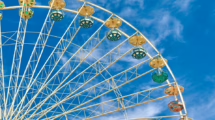





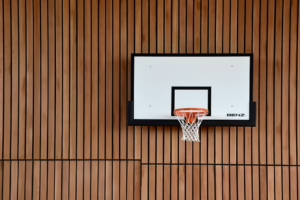

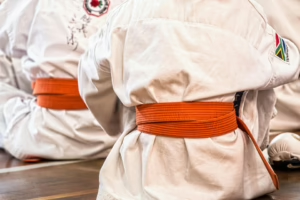
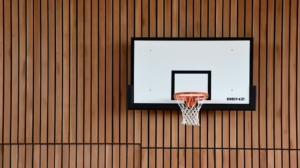

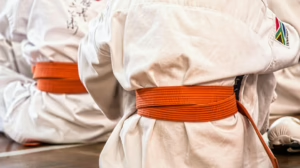




Add Comment